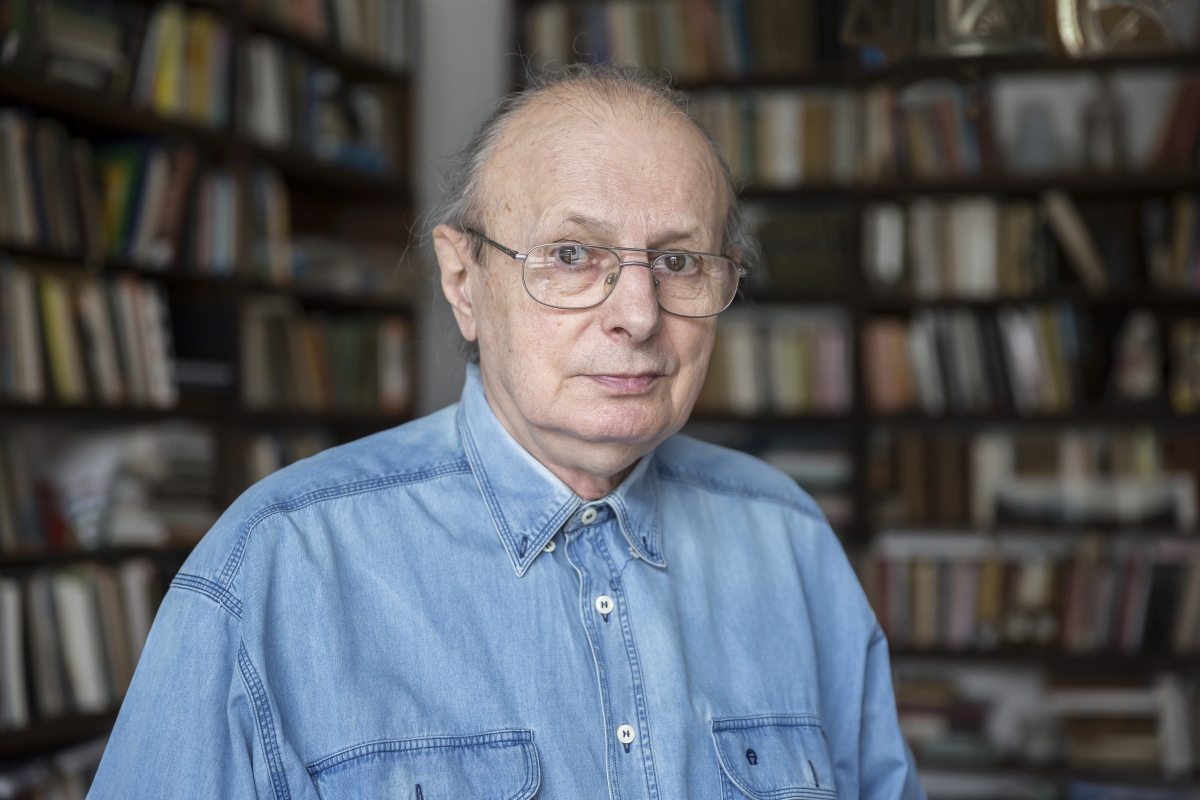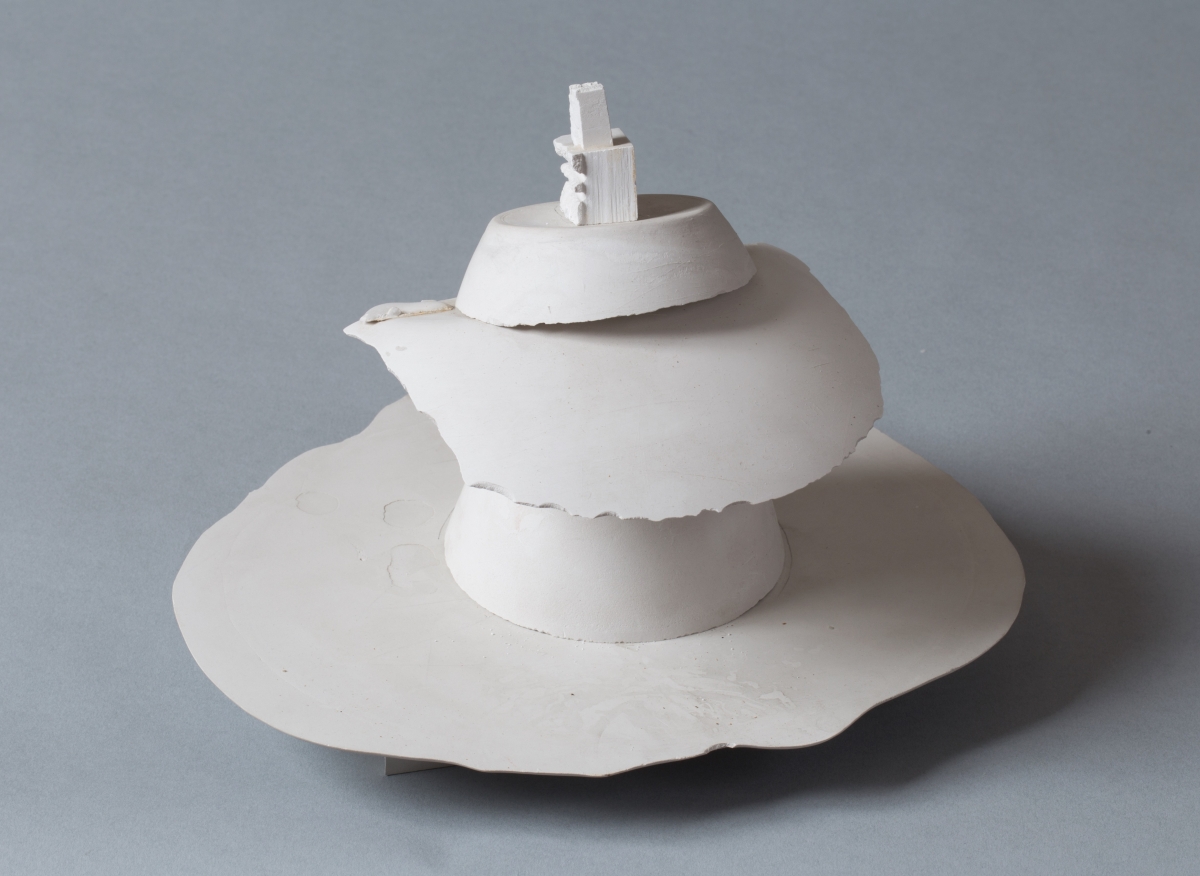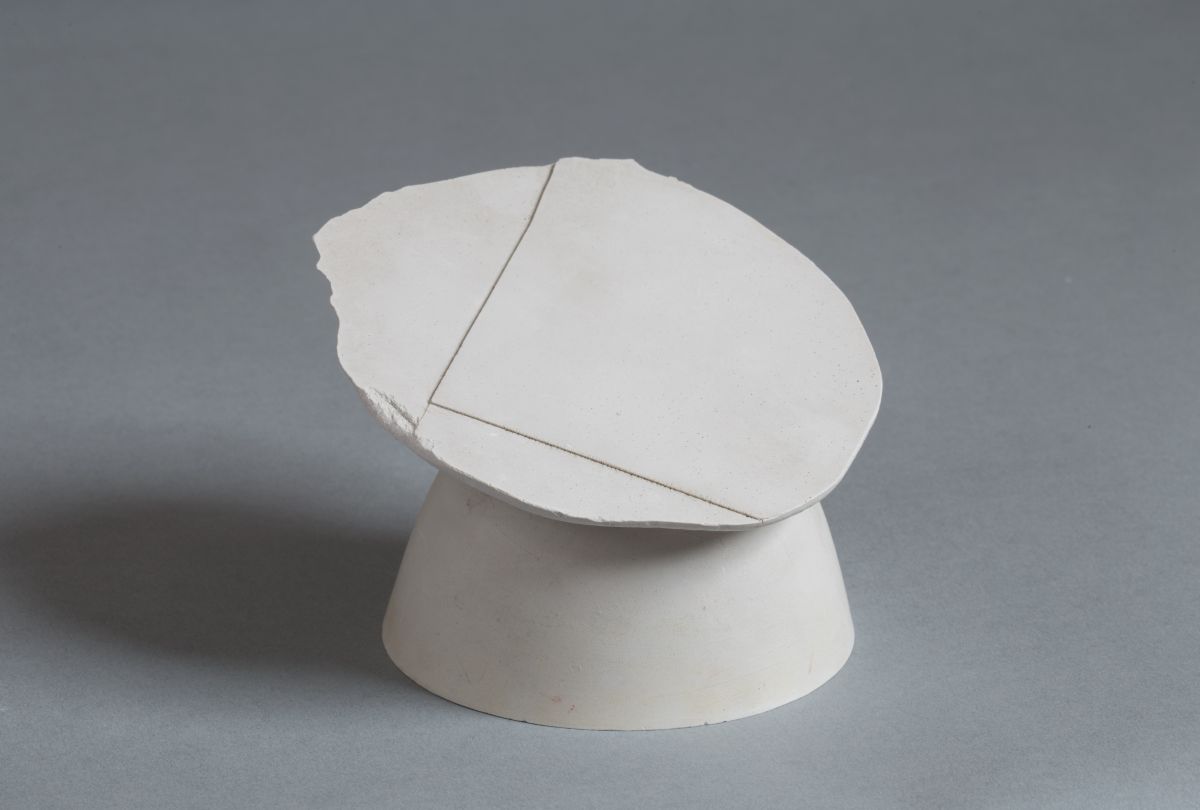Vera and Donald Blinken Open Society Archives
“She Had Been Shot into It by Hungarians, by Privates” – Interview with György Jovánovics about his 1974 Plans for a Roma Holocaust Memorial
 For a long time, Roma victims of the Holocaust had not attracted the attention of historians, and even the term Porajmos was only coined in the 1990s to denote the Roma Holocaust. Nevertheless, the first plans for a memorial to the Roma victims of the Holocaust were drawn up as early as 1974 in Hungary, very soon even by international standards, by György Jovánovics, a prominent figure of the Neo-Avant-Garde generation of artists.
For a long time, Roma victims of the Holocaust had not attracted the attention of historians, and even the term Porajmos was only coined in the 1990s to denote the Roma Holocaust. Nevertheless, the first plans for a memorial to the Roma victims of the Holocaust were drawn up as early as 1974 in Hungary, very soon even by international standards, by György Jovánovics, a prominent figure of the Neo-Avant-Garde generation of artists.
Shortly before the end of the Second World War, Hungarians committed mass murder against Hungarians. Early February 1945, on the outskirts of Várpalota, members of the Arrow Cross and the gendarmerie assembled the local Roma population, had them dig a pit, and shot them into it; 180 people were murdered, and five more were executed on the town square.


György Jovánovics: Plans for a Roma Holocaust Memorial I and II, 1974
(Private collection, photo: Miklós Sulyok)
In 1974, Roma intellectuals initiated the erection of a monument in Várpalota, which was endorsed by the senior leadership of the Hungarian Socialist Workers’ Party. However, as soon as the matter was handed down to county level, the local authorities rejected the plan to raise the statue, on the shameful grounds that the victims—women, men, and children alike—were alleged common criminals. The memorial would have been innovative in terms of its aims and content, and, judging by the plaster casts, unconventional compared with the traditional figurative monuments of the period; it was never realized, however.
The memorial designs of György Jovánovics are on view at the exhibition Commissioned Memory: Hungarian Exhibitions in Auschwitz, 1960/1965 until December 3, 2023, at the Blinken OSA Archivum’s Galeria Centralis in Budapest (Arany János u. 32, 1051). Daniel Véri, curator of the exhibition, interviewed the artist:
The video includes most of the interview; a complete Hungarian transcript is available in Artmagazin, issue 143, while the English translation on Artmagazin Online.
Titled Forgotten Dead: The Memory of the Roma Holocaust, the Blinken OSA Archivum is organizing a roundtable discussion on November 8, 2023, at 6 p.m. (participants: Angéla Kóczé, Anna Lujza Szász, Daniel Véri), with the screening of József Lakatos’s 1981 short film Forgotten Dead. In order to participate in the event (both on-site and on Zoom), registration is required.

